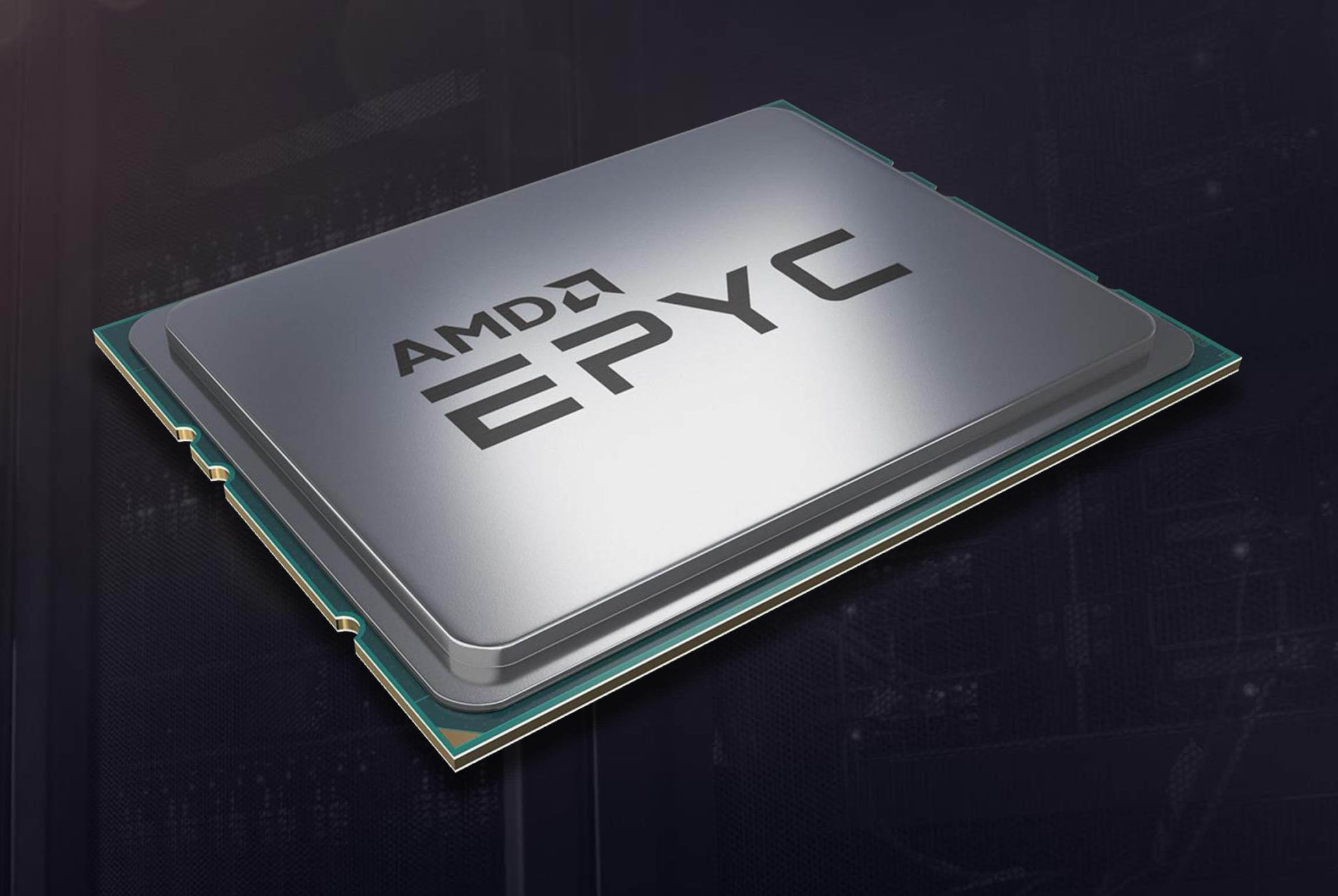Why it matters: While AMD might be rocking it in the consumer space with their Ryzen processors and highly anticipated Zen 2 architecture, they’ve had a much tougher time in the server space. That could be about to change. Last year Dell didn’t care about Epyc, but having tested the new Rome processors, they’ve decided to triple the Epyc presence in their server configuration lineup.

Ryzen 3000 might be cool, but it’s got nothing on the next generation of Epyc processors. Going all the way up to 64 cores and 128 threads, the Rome architecture coupled with TSMC’s 7nm node and PCIe 4.0 means that future Epyc processors will have far more cores than Intel processors at the same price, and each of those cores will produce less heat, use less power and could possibly run faster. We’ve also heard rumors that the 32-core variant will have a 13% IPC (instruction per clock) increase in scientific tasks over last generation.
Having played around with Rome a little, Dell is pretty interested. "Out of, let's say, 50 or so platforms that we have today three of them are AMD - we'll probably triple that by the end of this year,” Dell’s manager for storage and compute Dominique Vanhamme told IT Pro.
This is a pretty big change from Dell’s stance last year, when Chief Technology Officer John Roese said: “AMD is doing some interesting things, and by adding them to the portfolio we pick up a few extra areas, but let's be very clear: there is a huge, dominant player in compute semiconductors, and then there is a challenger which is doing some very good innovative work called AMD, but the gap between them is quite large in terms of market share and use-cases.
“Our portfolio is not going to change in any meaningful way. Don't expect it to be a duopoly any time soon.”
I’m sure it was an awkward meeting when Roese decided to completely reverse his decision, but the change is a good sign for AMD.
According to Vanhamme, they’ve received much more demand for Rome than they were expecting. "So in the original plan, we were thinking that it will be a few first verticals that will pick up, like service providers," he said. "We thought that maybe there are some hosters that may want to have that extra capacity when they provide [Infrastructure as a Service] services. We clearly see [High-Performance Compute], but we also see general customers for sure."
Regardless, AMD has a long road ahead in the server space. As each company must validate their software on new processors and architecture before integrating it, companies must believe that those very large costs will be made back in hardware cost savings and that Intel doesn’t offer anything comparable.
https://www.techspot.com/news/79941-dell-triple-amd-epyc-server-lineup-7nm-offerings.html